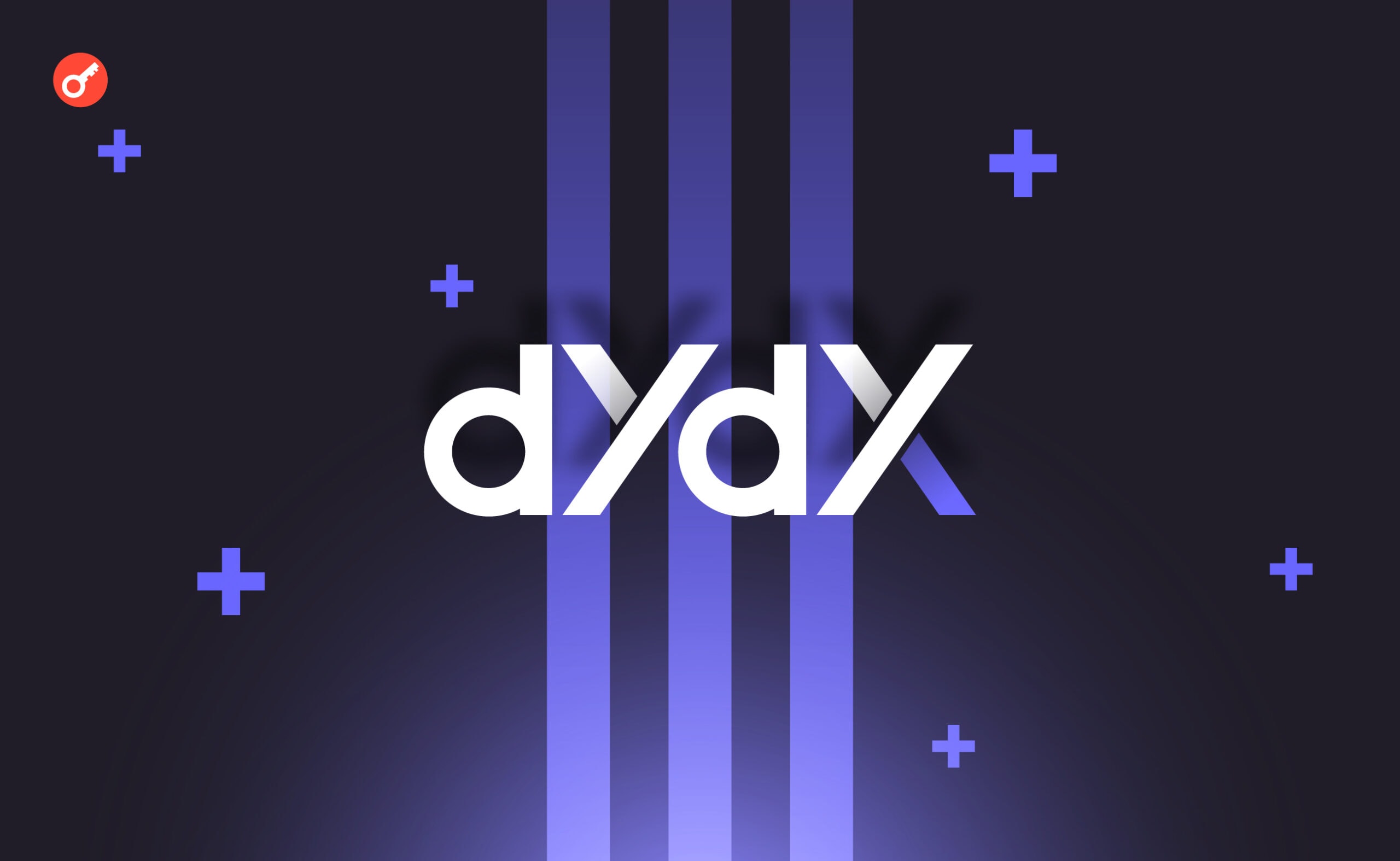Private Stablecoin: Cash-like Privacy and Integrated AML Controls

Cash-like privacy and compliance with anti-money laundering regulations can coexist in a private fiat stablecoin built on zero-knowledge proofs. With MiCA in effect from March 12, 2025 and a new EU AML package still under discussion at the institutional level European Commission, 2025 has been confirmed as the year when this architecture can become both technically feasible and regulatory coherent.
MiCA is operational from March 12, 2025, and many technical provisions for digital assets are now subject to implementation guidelines by national authorities.
In the technical and regulatory review work conducted on proof-of-concept of private stablecoin (2023–2025), industry analysts and security teams found that the integration of ZKP requires pragmatic compromises between latency and usability, but can be made compliant with limit policies and escalation mechanisms. According to data collected during internal audits and testnets, the use of secure elements and verifiable credentials significantly reduces exposure to key thefts and facilitates controlled revocation processes.
Private fiat stablecoin: what it is and why now
The goal is to enable digital payments with “cash-like” privacy combined with automated anti-money laundering controls. The model combines Zero-Knowledge Proof (ZKP), verifiable credentials, and operational limits to balance user privacy with regulatory requirements.
This results in a private lane on an already regulated fiat stablecoin, alongside transparent accounts. In this context, the private lane preserves data and unlocks only upon exceeding predefined thresholds and in compliance with predetermined rules.
Private transaction in practice: the “Alice → Bob” example
Alice sends 50 euros to Bob privately. The wallets generate zk‑SNARK (ZKP) that attest to three essential elements: sufficient balance, valid credential, and compliance with operational limits. Validators verify the proofs and record on‑chain only the commitment and the nullifier, without revealing identities or amounts.
If a rule is violated, it triggers a move to further checks (enhanced KYC), keeping the controls proportionate to the risk.
ZKP: how they ensure privacy and compliance
Zero-Knowledge Proofs allow for demonstrating compliance with specific rules (balance, thresholds, turnover) without exposing sensitive data. That said, the network only observes that the constraints are met, without knowing “how much” or “who”.
Thus, transparency towards validators translates into systemic security, while user privacy remains intact within agreed parameters.
Definitions Box
- Zero‑Knowledge Proof (ZKP): cryptographic proof that demonstrates a condition without revealing the underlying data.
- zk‑SNARK: Compact and quickly verifiable ZKP, suitable for public blockchains.
- Commitment: cryptographic commitment that “seals” a value without exposing it.
- Nullifier: marker that prevents the double spending of the same funds without linking transactions.
Two-Lane Architecture: Transparent and Private
The user has a transparent account and can activate a private stablecoin account. The switch to the private lane occurs through the transfer of tokens from the public account to the private one.
Each person can open only one private account, linked to a verifiable credential issued by the issuer or authorized third parties. This limitation reduces the risk of money mule activities and allows regulatory traceability without exposing sensitive data.
Key Technical Components
- zk‑SNARK to attest to the correctness of expenditures and ensure the non‑creation of money.
- Commitment and nullifier to prevent double-spending without linking sender and recipient.
- Account-based model (preferable to the UTXO model) to apply balance and turnover limits at the account level.
- ID hardware‑bound and all‑or‑nothing transferability to limit triangulations and partial transfers of compromised wallets.
Limits and Turnover: Operational Application
Limits can be configured per transaction, balance, and monthly turnover. A ZKP can certify, for example, that the amount is less than 1,000 euros without revealing the exact figure or that the turnover of the last 30 days remains below a predetermined threshold.
If the transaction exceeds these limits, the wallet requires additional identification. In fact, this approach reconciles the proportionality of controls with the efficiency of low-friction daily payments.
AML/CFT with credentials and ZKP
Digital credentials (KYC/KYB) allow validators to verify the status of the subject without accessing personal data. ZKPs demonstrate that the ID is not revoked and that the sender does not appear on sanction lists.
The design supports the GAFI/FATF Travel Rule for amounts exceeding the specified thresholds, while maintaining minimal friction and effective data protection for micropayments.
The 5 Phases of a Private Transaction with ZKP
- Agreement between the parties on the amount and generation of a shared nonce (what is a nonce?).
- Composition of the transaction in wallets and creation of ZKP.
- Submission of proofs and public outputs to the network (mempool).
- Verification of block producer and on-chain inclusion.
- Update of the local status of wallets and confirmation of the outcome.
Verifiable Identity: Today and Tomorrow
At onboarding, credentials can be issued by the issuer or authorized partners. Integration with national IDs and eIDAS 2.0 (EU Digital Identity Wallet) is underway and, in the future, will enable a strong link between identity and the use of the private account, without exposing transactional data.
Comparison: alternatives and trade-offs
- Privacy coin (e.g., Monero/Zcash): high privacy, limited regulatory integration, and complex mainstream adoption.
- Mixing/obfuscation on public chains: fragile privacy and high legal risk.
- Traditional Stablecoins account‑based: excellent scalability but limited privacy.
- CBDC retail: can offer selective privacy, but with public governance and policy restrictions.
Pros & Cons of the private lane with ZKP
- Pro: proportional privacy, automatable compliance, reduction of mule risk, and auditability by regulators without clear data.
- Cons: proving costs on mobile, complexity in updating circuits, and reliance on secure hardware.
Impact and Technical Challenges in 2025
The private stablecoin could bridge the gap between a cash-like experience and regulatory compliance. In this context, it can enable private P2P payments and DeFi services with on-chain applicable policies.
The main challenges include generating fast ZKPs on smartphones, reducing on-chain verification costs, and updating circuits without compromising privacy. Techniques such as proof aggregation, recursion, and off-chain verifications can help scale the system.
Ongoing Research and Development
The paper proposes the use of the Mina Protocol – technical docs as a technical basis for lightweight on‑chain verifications and cites optimizations such as SnarkPack and Caulk. A proof‑of‑concept is expected on the etonec repositories, available at github.com/etonec.
Technical and Regulatory Insights
- MiCA – Regulation (EU) 2023/1114 on crypto-assets and stablecoin
- EU AML Package (AMLA, sixth AML directive, AML regulation)
- FATF/GAFI – Travel Rule and guidance on VASP
- MiCA Crypto Alliance: “Europe, clarity on regulations is needed. The crypto market cannot wait 18 months”
Conclusion
The convergence between ZKP, verifiable credentials, and an account-based model makes the idea of a private fiat stablecoin capable of combining privacy and AML/CFT controls credible. The year 2025 marked the beginning of significant regulatory and technical references; while scalability and node usability remain a challenge, the technological direction now appears outlined and ready for pilot-scale experiments.
You May Also Like

Community calls on dYdX Foundation to restore $25 million migration bridge due to blocked tokens

AI Labs: Mercor’s Bold Strategy Unlocks Priceless Industry Data
